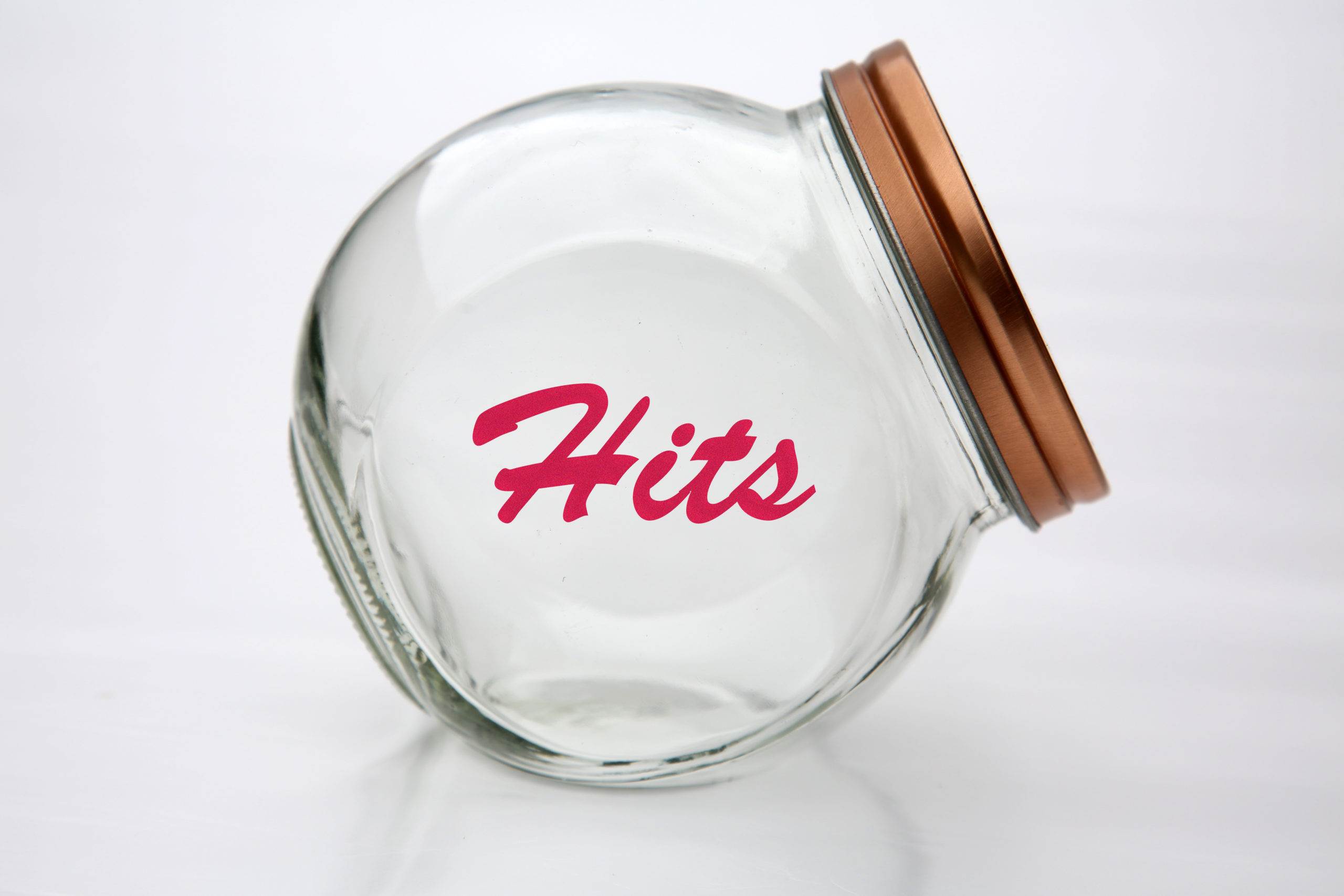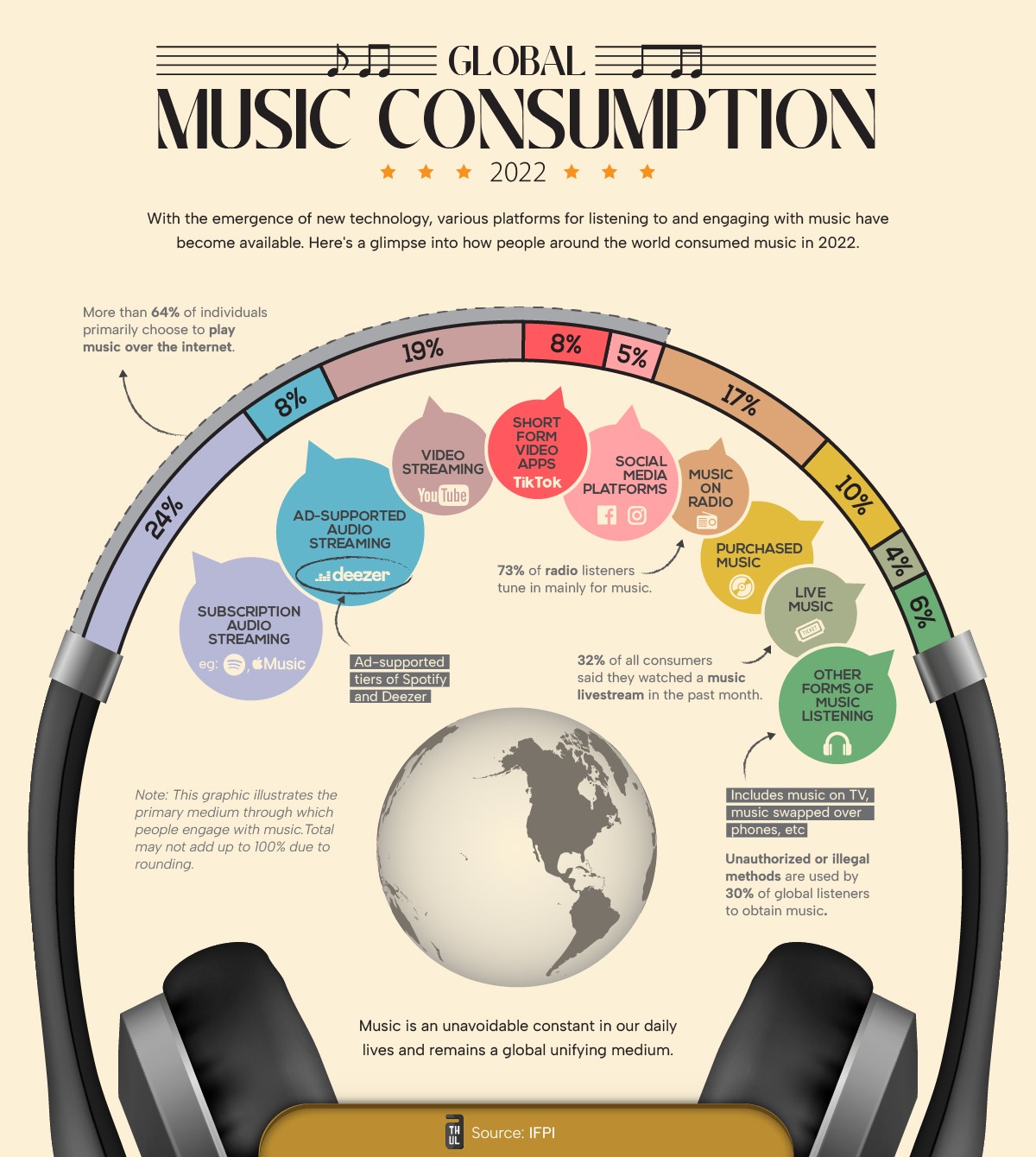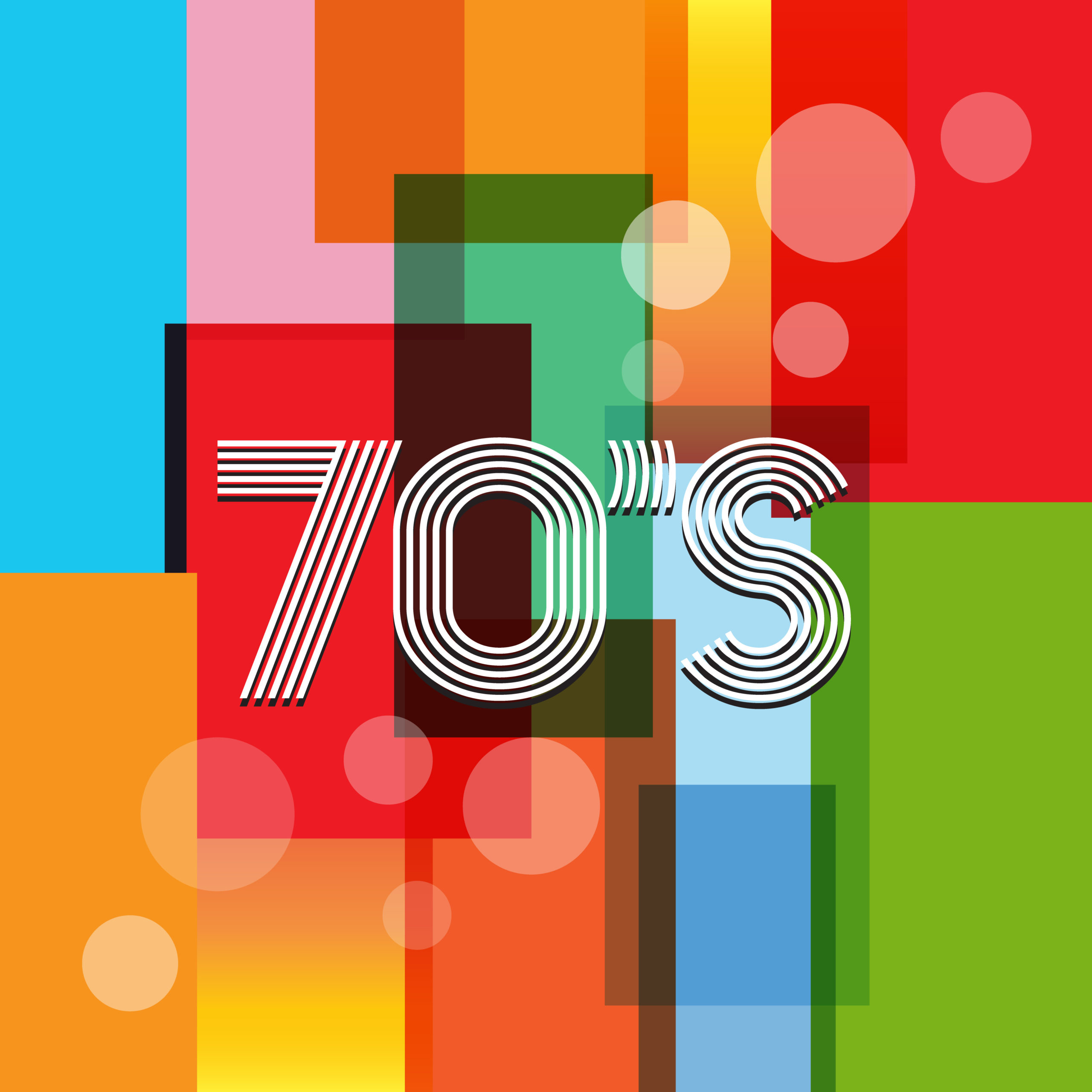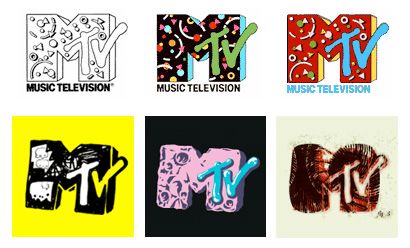
As someone who has moderated focus groups throughout my career, I have always cringed at the “GM-waitperson focus group of one.”
In case this isn’t familiar to you, it was a regular radio occurrence whenever I made a market visit. I’d spend the morning in the station, reviewing music, meeting with the morning show, and perhaps trying to explain to the sales staff why Classic Rock was a unique and compelling format.
And then we’d head off to lunch, to a nearby eatery.
 And inevitably after being seated and greeted by our waitperson, the GM would smile and ask:
And inevitably after being seated and greeted by our waitperson, the GM would smile and ask:
“So, what radio station is your favorite?”
And I’d cringe. Because if our poor server mentioned the competition, this interlude would go right down the radio rabbit hole.
The good news is that most wait staff pros know the ropes, and are well-equipped for these interludes. And more often than not, the response would end up being something like this:
“You know, I have very eclectic tastes in music – I love rock, country, jazz, and hip-hop. So I really don’t have a favorite station – I listen to a lot of them.”
Well-played.
But there is a certain amount of truth to this notion of having diverse musical tastes. Radio programmers – thanks in part to PPM data – know that in fact most people don’t just listen to one genre of music. Instead, many often sample multiple styles, sampling a poo-poo platter of music.
That’s why the promise of the “long tail” was so attractive. The Internet allows for an infinite number of different streaming music stations. There’s no limit on playlists that can be created on Spotify and similar services. And SiriusXM offers 150 music channels, plus 100 more that stream on their app.
Spotify and similar services. And SiriusXM offers 150 music channels, plus 100 more that stream on their app.
And don’t get me going about the millions of podcasts in the marketplace – so many that no one can actually give you an accurate count. We wonder why it’s such a heavy lift to produce a profitable one.
That’s the “long tail” for you, a concept revolving around content and competition first developed and defined by Wired‘s Chris Anderson nearly two decades ago. In a nutshell, here’s how the “long tail” works:
“Up until now, the focus has been on dozens of markets of millions, instead of millions of markets of dozens.”

In this blog, I wrote about this phenomenon early last year in a post called, “What’s Old Is New Again.”
Back then, I wrote this in reference to the above illustration of the “long tail.”
That’s AM/FM radio in green: a lot of exposure for a finite number of songs, heard again and again on hundreds (and even thousands) of radio stations. That’s how you “make” hits – playing great songs with force and yes, repetition. And when those songs are played on multiple outlets in a metro – and eventually, in cities and towns all over the country – you have smash hits.
And then there’s the red part, the “long tail” of music today – a splintered environment of eclecticism and personalization across numerous outlets, gadgets, and platforms. The proliferation of radio stations across all those outlets has democratized music, while diluting to a point where big hits are few and far between.”
So, when I read a recent “Ross on Radio” column, penned by music guru Sean Ross, it all came back to me in a flurry.
Last week, Sean asked this pointed question:

“Is Top 40 A Thing Of The Past?
Now for him to ask this question is momentous and disturbing at the same time. In the article, he notes that CHR stations “sound older,” noting that many gold categories now go back 25 years.
Sean goes on to provide perspective, noting “the landscape is different,” pointing to the growth of audio streaming and platforms like TikTok that have altered the dynamics of music discovery.
He might be comforted to learn that brilliant marketer Seth Godin is noticing the same phenomenon.
In the fittingly titled “An end to pop,” Seth notes, “Pop culture depends on scarcity. When there are only a few TV stations or a dozen radio stations, it’s likely that many of us watch or hear the same thing at the same time.” Thanks to the “long tail,” he points out, a new song was probably exposed to twenty times more people a half century ago.
While having millions of outlets for music brings unprecedented music variety and diversity, it also greatly reduces the chances of recording a hit.
 Godin also notes the barrier to entry in producing a hit has been all but eliminated now that a 10 year-old with a computer can create a passably good song.
Godin also notes the barrier to entry in producing a hit has been all but eliminated now that a 10 year-old with a computer can create a passably good song.
Thanks to rapid gains in the development of generative AI, anyone can create a duet between their favorite artists, like the one from avatars “Drake” and “The Weeknd” that broke the Internet a couple weeks ago. As many fans of both artists observed, it was not a bad facsimile of the real deals themselves.
A timely chart Dick Taylor published yesterday in his blog adds fuel to the fire. In his post, “Where People Today Get Their Music Fix,” Dick points to the graphic below, produced by the International Federation of the Photographic industry founded in Italy 90 years ago:

This chart IS the “long tail’ in action. In the light brown shade, you can see radio’s paltry 17% share of music consumption. That struck me as low, but to be fair, I’m accustomed to conducting research among people already listening to broadcast radio. So are most of the research companies that produce the studies radio companies pay for.
Consuming music via live concerts or by purchasing music makes up just 14% of exposure, likely down from past years because fewer people purchase music in any form.
But for radio, what might its percentage of music consumption have been a half century ago – pre-Internet, streaming, podcasts, and social media? 70%? 80%? Maybe.
But thanks to the “long tail,” radio as a music discovery source is now merely one of many. And that becomes an even more interesting data point when IFPI’s report reveals growth in the recorded music market, thanks in no small part to the continued emergence of more subscription streaming services.
 Dick suggests that at a time when radio broadcasters seem more concerned about losing AM radio in cars and the impact of AI on jobs, they should be more in a lather about broadcast radio’s growing irrelevance as a source of music discovery.
Dick suggests that at a time when radio broadcasters seem more concerned about losing AM radio in cars and the impact of AI on jobs, they should be more in a lather about broadcast radio’s growing irrelevance as a source of music discovery.
Odds are, there will be less new music played on the radio moving forward, while more gold-based (or gold-plated) stations will sprout up as new runaway hits grow fewer and farther between. It is much the same in formats as diverse as Country, Rock, and Alternative.
It’s a phenomenon occurring with regularity in other media, too. A look at the video streaming space shows Netflix now struggling to develop bona fide, mass appeal hits. Has the writing or acting taken a step backwards in recent years?
 No, the big change is the increase in the number of competitors in the subscription video streaming space. Just a few short years ago, Disney+, Paramount+, and the rest weren’t even in existence. Now, it’s a crowded field.
No, the big change is the increase in the number of competitors in the subscription video streaming space. Just a few short years ago, Disney+, Paramount+, and the rest weren’t even in existence. Now, it’s a crowded field.
And that phenomenon has ushered in new free services, like Pluto TV. But the one to watch may be Tubi. It is gaining traction by not just playing the “long tail” route; Tubi is flooding the zone.  A recent story in Vullture says Tubi is offering 50,000 titles – an estimated eight times more than Netflix offers,
A recent story in Vullture says Tubi is offering 50,000 titles – an estimated eight times more than Netflix offers,
For free.
If you think it will be difficult for Netflix to hit a home run like they did with House of Cards, Tiger King, or Squid Game, you’re right. Between other quality subscription services and the advent of free streaming platforms like Tubi, we will all be enjoying different content even if we’re watching on the same night, at the same time.
Tubi also has an advantage because much of its programming is made up of TV catalogs, that is, reruns. But more than that, Tubi is connecting its vast program inventory with communities – fans of genres like true crime, Black cinema, and other groups of like-minded video fans.
Still, is the lack of hits in all of media about quality, choice, or exposure? Or is it a combination of those factors?
 Was music that much better in the ’60s, ’70s, and ’80s than it is today? Many people think so. And while we were treated to amazing music via the Motown, British Invasion, New Wave, Heavy Metal, and Grunge eras, the fact is, most of us were first exposed to all that amazing music on the radio, and later, on MTV.
Was music that much better in the ’60s, ’70s, and ’80s than it is today? Many people think so. And while we were treated to amazing music via the Motown, British Invasion, New Wave, Heavy Metal, and Grunge eras, the fact is, most of us were first exposed to all that amazing music on the radio, and later, on MTV.
And that’s a key reason why gold-based formats like Classic Rock have legs, at least as long as its fans remain vertical. The format’s longstanding appeal is a combination of great music and mass exposure. Millions grew up listening to this music communally. That’s more than can be said for any new music or new bands out today.
Similarly, the ’80s have maintained their allure based on strong radio airplay plus much exposure on MTV (and Vh1) when both were bright, shiny objects that millions buzzed about.
While perhaps not as powerful, the ’90s have a chance to become the foundation of perhaps multiple formats, given that broadcast radio initially broke many of the hits from that era.
However, it is not farfetched to posit the ’90s may be the last decade that will produce mass appeal, gold formats. By 2000, the “long tail” of the internet was upon us, allowing consumers to become program directors without limits. Massively exposed big hits will continue to be rarities.
As Sean Ross, Guy Zapoleon, and other smart observers of the music scene know, even great songs will languish if they’re not widely exposed. Or they will simply garner smaller followings than performers and songs from past eras.
Seth Godin observes we are culturally moving from a media economy that has been mass market to one comprised of “small circles of people.” Yes, it’s a step backwards, but perhaps a more accessible musical ecosphere for fledgling performers and their music. You can see “amateur” players on TikTok shredding their hearts out, while attracting impressive numbers of views.
 Godin also offers a distant early warning, on a topic becoming rapidly familiar to us. He says that thanks to AI, an onslaught of music mashed together by dudes with a laptop in their basements is already making its presence known. Yes, there will be a slew of cease & desists and lawsuits coming from artists and their labels, trying to stop the artificial intelligentsia from appropriating their music.
Godin also offers a distant early warning, on a topic becoming rapidly familiar to us. He says that thanks to AI, an onslaught of music mashed together by dudes with a laptop in their basements is already making its presence known. Yes, there will be a slew of cease & desists and lawsuits coming from artists and their labels, trying to stop the artificial intelligentsia from appropriating their music.
Good luck with that, because as we know, when enough people have figured out how to “make music” (think file sharing and Napster), the movement cannot be stopped.
So back to Sean’s question, is Top 40 an endangered format? Maybe a more poignant question is whether any new music format on the radio is still viable. Or will FM stations continue to coalesce around gold-based music?
Thanks to the power of technology and the “long tail,” mass market hits may be a thing of the past.
- Media And Technology In 2025: Believe It Or Not! - April 18, 2025
- In Radio, You Just Never Know - April 17, 2025
- The Secret To Making A Great Podcast (And Great Radio) - April 16, 2025




From the moment the metrics for success in enterainment started being more about bundled consumption than individual transactions (and that included digital sales), that pretty much sounded the death knell for mass media in general, and radio in particular, as the main arbiters of tastemaking.
I mean, it’s obvious. When it comes to music, streaming is pretty much radio, but without the on-air talent and, in many cases, the ads. With movies and shows, it’s pretty much the same. And with the added advantages that you can have access for lower rates and consume it all on your own sweet time.
Basically, to add to Seth Godin’s point, the moment people realized the perks of (almost) unlimited access by legal means, that was it for the monoculture, basically.
Perfect analysis, Fred. Radio is the frog in the pot, mostly oblivious to the rising temperature of the water.
Writer Ted Gioia said last year that the Long Tail is a myth because the counterculture ‘got squeezed and marginalized’.
The space that once generated new styles and genres doesn’t really exist anymore. Popular music off all stripes depends on
novelty and new material to keep its audience engaged.
Producer and YouTuber Rick Beato points out that music since Y2K has suffered because ProTools allows for the correction and elimination of mistakes where the ‘happy accidents’ occur and the humanity in music exists. Fluctuating tempos are locked to a rigid and unforgiving grid and slightly out of pitch tones are put squarely on the correct note, eliminating the ‘blue note’ where a lot of expression takes place.
Compounding the problem is that too many new songs lack harmonic sophistication and are simple and unchanging four chord progressions lacking key changes. What they call in music theory ‘modulation’. The end result there is next to no harmonic tension in a song with possibility for the ensuing resolution that creates excitement and interest.
https://tedgioia.substack.com/p/where-did-the-long-tail-go
Brilliant commentary.
Radio killed the radio star. We forget that it was individual stations with powerful program and music directors who picked songs to add. Passionate radio DJ’s who sold the hits on air. A nationwide network where one station could spark a huge hit
Now streaming services hold the rights to curate music. Which they do strictly by algorithm designed to superserve individuals, not create mass appeal.
You point out a key flaw in this process. Repetition changes perception. Hits don’t automatically rise to the top.
Where others see the end of mass appeal, I see opportunity.
Radio Stars were the original social media influencers. Yet today, it’s illegal to play songs online. Reserved strictly for computer algorithms.
I teach some podcasting classes at a non profit. I keep running into young people who want to do music discovery shows. But they can’t promote music without being flagged for copyright infringement. The DJ has not just been replaced. She’s been outlawed!
I would have worked for free at the beginning of my career. Funny how that’s now the business model for everyone who posts.
Which social media platform will step up and create a farm system of social media influencers to discover and promote the diamonds in the rough?
Nah, they’re too busy creating AI. We used to call that automation.
Your take on Radio Stars is – or at least was – spot on. As you note, young people want to do radio/be on the radio – but NOT the radio they hear when they’re in a car or with mom or dad. Truly appreciate you weighing in. And yes, the way we keep hearing how AI may be deployed, it IS automation. All thaat’s missing are those 10″ reels.
Ok, somebody’s got to say it, was that a “slip of the keyboard,” Fred, when you referred to “a poo-poo platter of music”? Because I’ve listened to a lot of radio in my time, and I’ve heard stations that do play a “pu pu platter” of music, as well as those that play a “poo-poo platter.” Maybe that’s the point of all this. Top PDs, MDs and air talent are more than capable of producing the former, while the rest produce the latter.
A Freudian slip, David. Pass the sweet & sour chicken.
Curiosity getting the better of me here, Fred…
IYO, would the musically eclectic “Free Form Flow” from the late 60s / early 70s even remotely seem viable to broadcasters’ sensibilities?